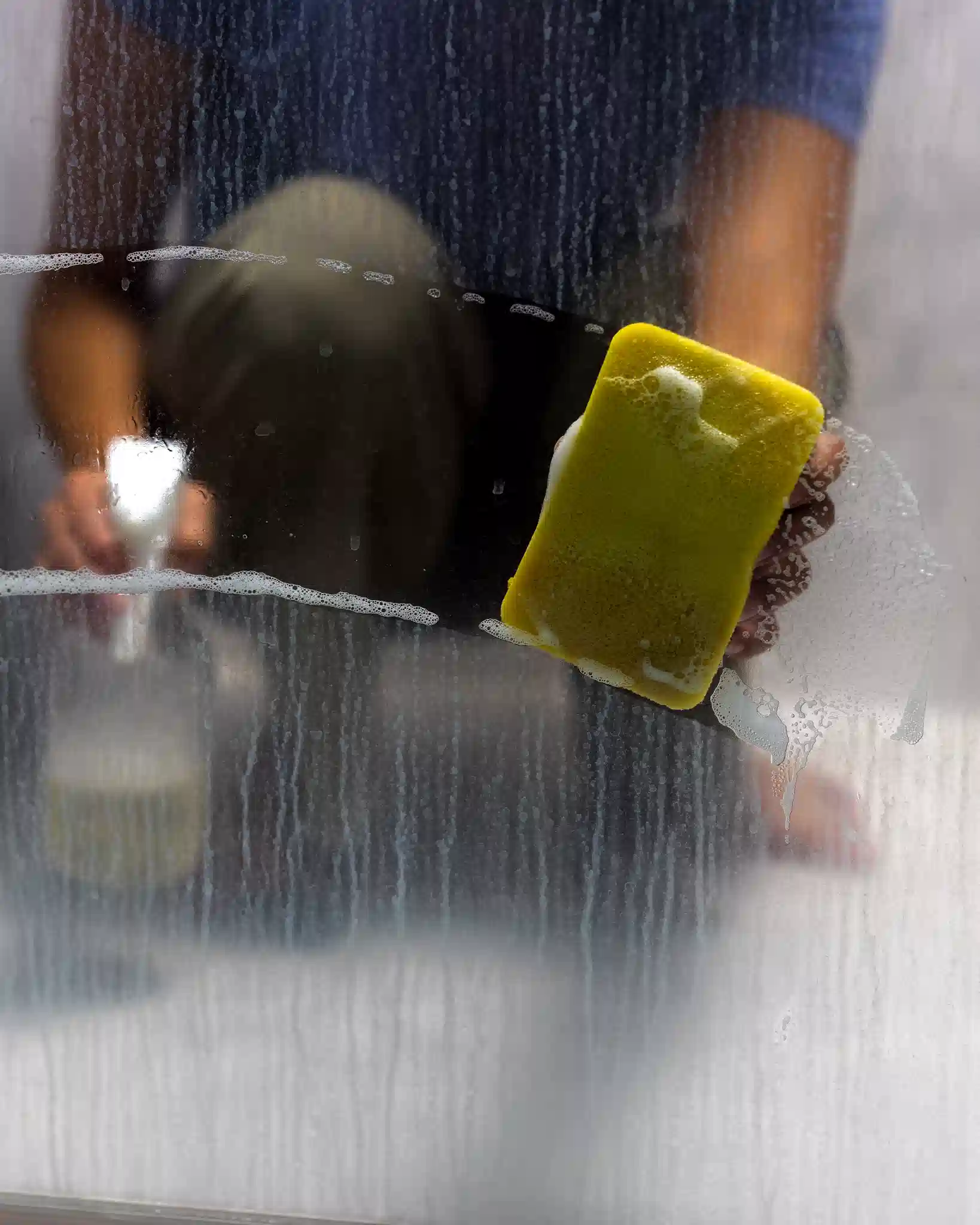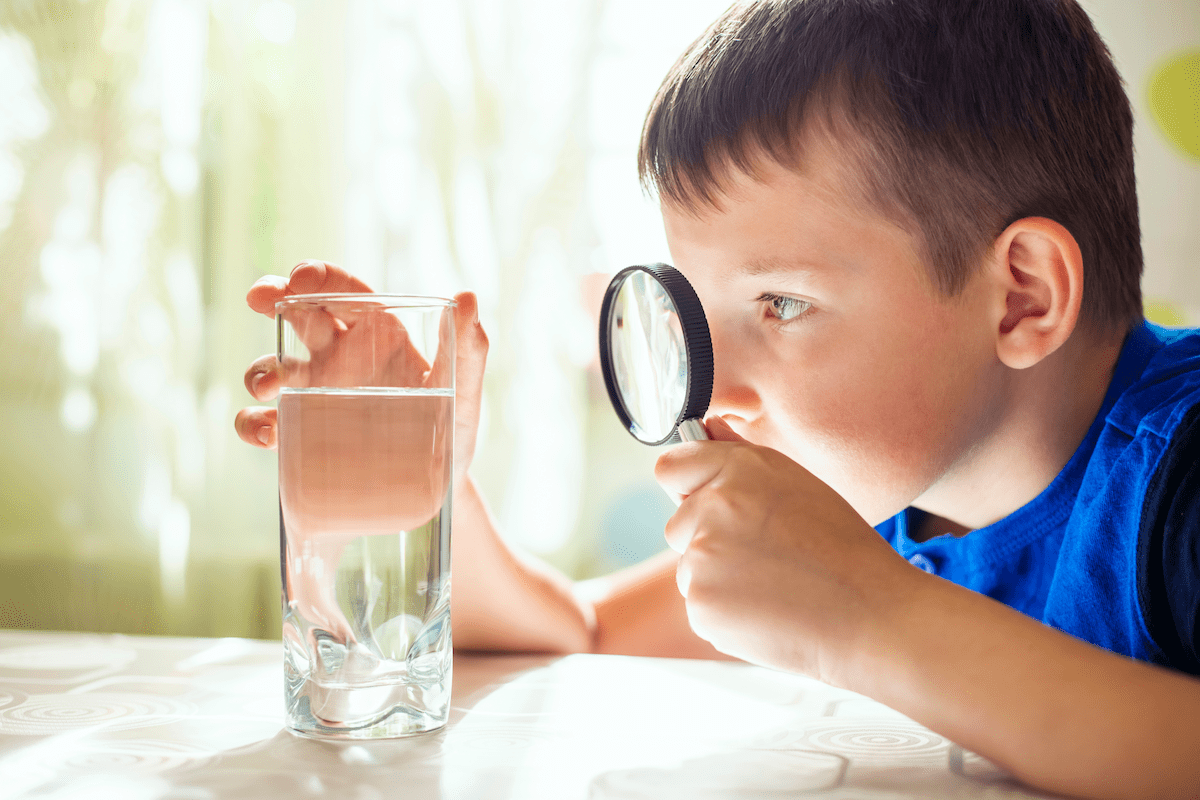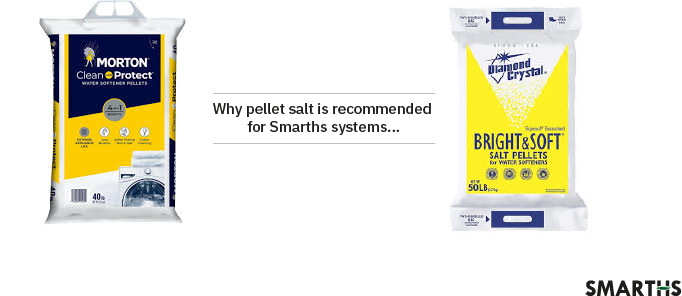What Is Limescale?
Limescale, also known as calcium buildup or scale, is a solid mineral deposit caused by hard water — water that contains high concentrations of calcium and magnesium.
When hard water is heated or pressurized, those minerals separate and attach to pipes, faucets, and appliances, forming the white or yellowish crust commonly seen around fixtures or inside kettles.
Chemical Composition of Limescale
| Component | Formula | Origin |
| Calcium carbonate | CaCO₃ | Calcium in hard water |
| Magnesium carbonate | MgCO₃ | Magnesium in hard water |
| Sulfates and oxides | CaSO₄, MgO | Secondary minerals from heating |

How Does Limescale Form?
When hard water is exposed to heat (like in your water heater) or experiences pressure changes, calcium and magnesium ions react and form solid carbonate crystals. These crystals stick to metal and plastic surfaces, creating limescale layers that become thicker over time.
The Process in Three Steps:
- Water enters your home with dissolved calcium and magnesium.
- When heated or under pressure, these minerals become insoluble.
- They attach to surfaces, forming solid deposits — limescale.
Where Limescale Builds Up in Your Home
Limescale can appear anywhere water flows or gets heated. The most common places include:
- Inside pipes and plumbing lines
- Faucets and showerheads
- Water heaters
- Dishwashers and washing machines
- Around kitchen sinks and bathroom fixtures
Over time, these deposits restrict water flow and reduce system efficiency, leading to costly repairs.
Why Limescale Is a Serious Problem
1. Reduced Water Flow
The more limescale builds up inside your pipes, the smaller the water passage becomes — decreasing pressure and efficiency.
2. Higher Energy Consumption
Limescale acts like an insulator, forcing your water heater to use more energy to warm water.
3. Shorter Appliance Lifespan
Appliances that use water — like dishwashers, washing machines, and coffee makers — wear out faster due to internal buildup.
4. Bad Taste and Odor
Hard water can leave a metallic or bitter taste, and chlorine or chloramine compounds can make it worse.

How to Remove Limescale
Temporary Cleaning Solutions
If you already have buildup:
- Use vinegar or citric acid to dissolve minor deposits on faucets.
- Clean your showerheads monthly.
- Descale coffee makers or kettles regularly.
These are short-term fixes, not permanent solutions.
The Permanent Solution: Smarths TR-1 Water Filtration System
The Smarths TR-1 is a whole-home water filtration and softening system designed to remove chlorine, chloramine, and prevent limescale formation in every corner of your home.
TR-1 Key Features
| Feature | Description |
| HT Smart Valve Technology | Controls and optimizes water flow and regeneration cycles. |
| Catalytic Carbon + Resin Mix | Removes chlorine, chloramine, calcium, and magnesium efficiently. |
| NSF Certified Components | Ensures safety and durability. |
| Lifetime Tank Warranty | Long-lasting protection for your investment. |
Benefits of the TR-1
- Protects all plumbing and appliances.
- Reduces energy consumption in heaters.
- Softens water for skin and hair comfort.
- Improves taste and smell of water.
- Minimizes maintenance costs.
Discover the Smarths TR-1 Whole-Home Water Filtration System
Learn more about hard water effects from the U.S. Geological Survey (USGS).
Comparing Water Solutions
| Type of System | Removes Chlorine | Removes Limescale | Whole-House Coverage | Maintenance |
| Basic carbon filter | ✅ | ❌ | ❌ | High |
| Reverse osmosis (RO) | ✅ | Partial | ❌ | Moderate |
| Smarths TR-1 | ✅✅ | ✅✅ | ✅✅ | Low |
Eco-Friendly Water Softening
Unlike traditional systems that waste salt and water, the HT Smart Valve Technology in the TR-1 regenerates more efficiently — saving up to 40% in salt and 35% in water use.
This makes it an environmentally conscious choice for homes across Houston , Texas.
Will a water softener remove existing limescale?
It stops new buildup and gradually reduces old deposits over time.
Is softened water safe to drink?
Yes. The amount of sodium added during ion exchange is minimal and within safe limits for daily consumption.
How often should I maintain my TR-1 system?
Every 6 to 12 months, depending on water usage and hardness level.
Does the TR-1 also remove chlorine and chloramine?
Yes, it includes a catalytic carbon stage specifically designed for that.



